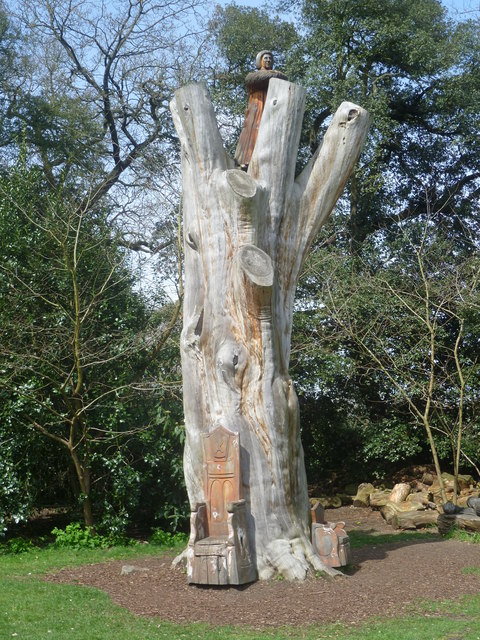The Bishops' Tree at Fulham Palace
Introduction
The photograph on this page of The Bishops' Tree at Fulham Palace by Marathon as part of the Geograph project.
The Geograph project started in 2005 with the aim of publishing, organising and preserving representative images for every square kilometre of Great Britain, Ireland and the Isle of Man.
There are currently over 7.5m images from over 14,400 individuals and you can help contribute to the project by visiting https://www.geograph.org.uk

Image: © Marathon Taken: 17 Apr 2013
Fulham Palace is of medieval origin. It was the country home of the Bishops of London from at least the 11th century until 1975, when it was vacated. The Palace is now managed jointly by the London Borough of Hammersmith & Fulham and the Fulham Palace Trust, though it is still owned by the Church of England. It is freely accessible. The Bishops’ Tree highlights who made the most significant contribution to the gardens at Fulham Palace. It is formed from a Cedar of Lebanon felled in 2006 due to decay. The sculptures were carved by Andrew Ford in 2007. At the top of the tree is Bishop Porteus (1731 – 1809). He followed the fashion for the picturesque in the grounds of the Palace where he made a rustic grotto and planted a grove of trees called “The Nun’s walk”. Behind and just visible is the carving of Bishop Compton - see http://www.geograph.org.uk/photo/3426704

